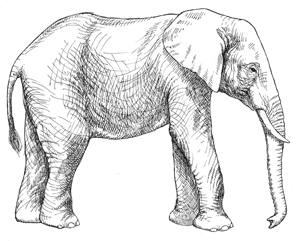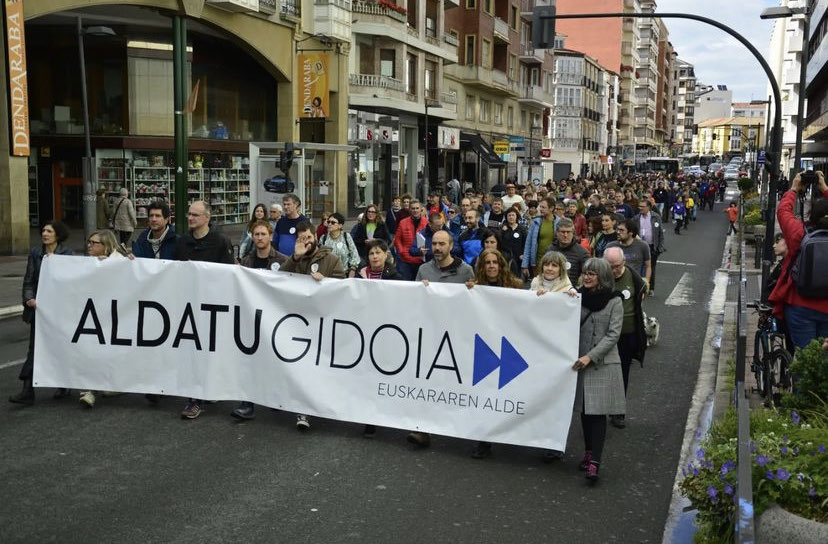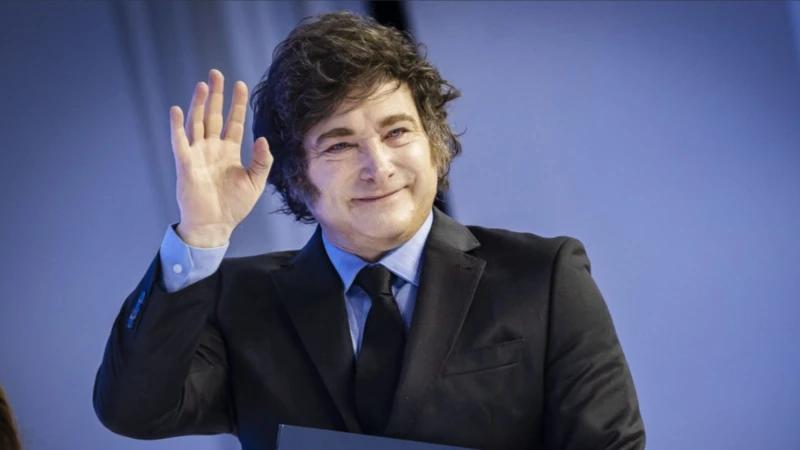Idiots in elephant hunting

Shooting an elephant. George Orwell, 1936.
Myanmar, an elephant with malignant blood, has been thrown at the population and has been called on to the police, which is the English police, the settler, to take the rifle and tunic to wash it. He's come to the site on a pony with a Winchester in his hand, but the things that tell him are confusing, and when he thinks there's no elephant there, he'll have the idea of slipping.
Then he will meet the carcass of a man torn apart by the animal, and, thinking that he will not be able to avoid dirty work, he will ask for a rifle for the elephants. He doesn't want to kill the elephant, but he feels the breath of his people in the neck, like saying he has to shoot. At last he will fill the body with lead, even if he kills him, he will not kill him, but will leave him in a state of painful agony.
George Orwell wanted to make a metaphor for British imperialism in the short session of Shooting in elephant, demonstrating that imperialism destroys both, conqueror and conquered. The colonizer, according to Orwell, “has to give his life trying to surprise the ‘natives’ and, therefore, in every crisis, has to do what the ‘natives’ expect from him.”
Police explain the causes of the elephant's death at the end of the session: “I often wonder if anyone else understood it, I did what I did so I wouldn’t look like an idiot.” Of course, times have changed a great deal and now the settlers remain idiots for firing elephants. Or was it about breaking the hip on elephant hunting?
In 2021 we began to hear the first echoes of the Guggenheim Urdaibai project. The then General Manager Unai Rementeria told us that it would be done yes or yes. To reinforce his claims, he left 40 million euros “shielded” by the time the museums were built. There it is!... [+]






















